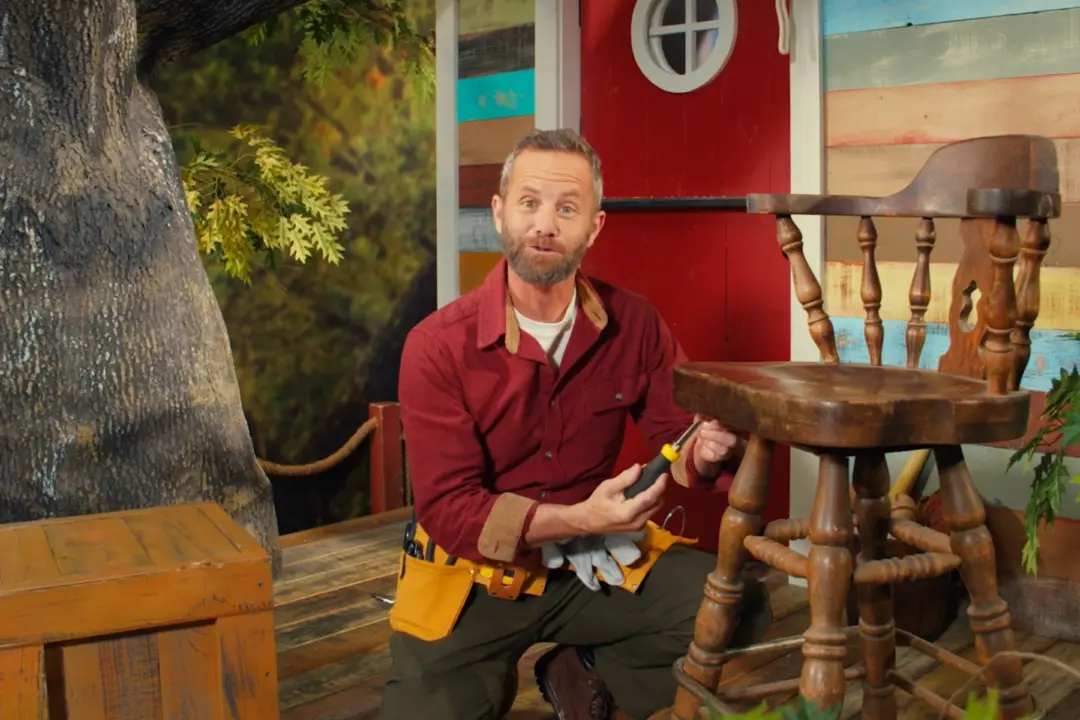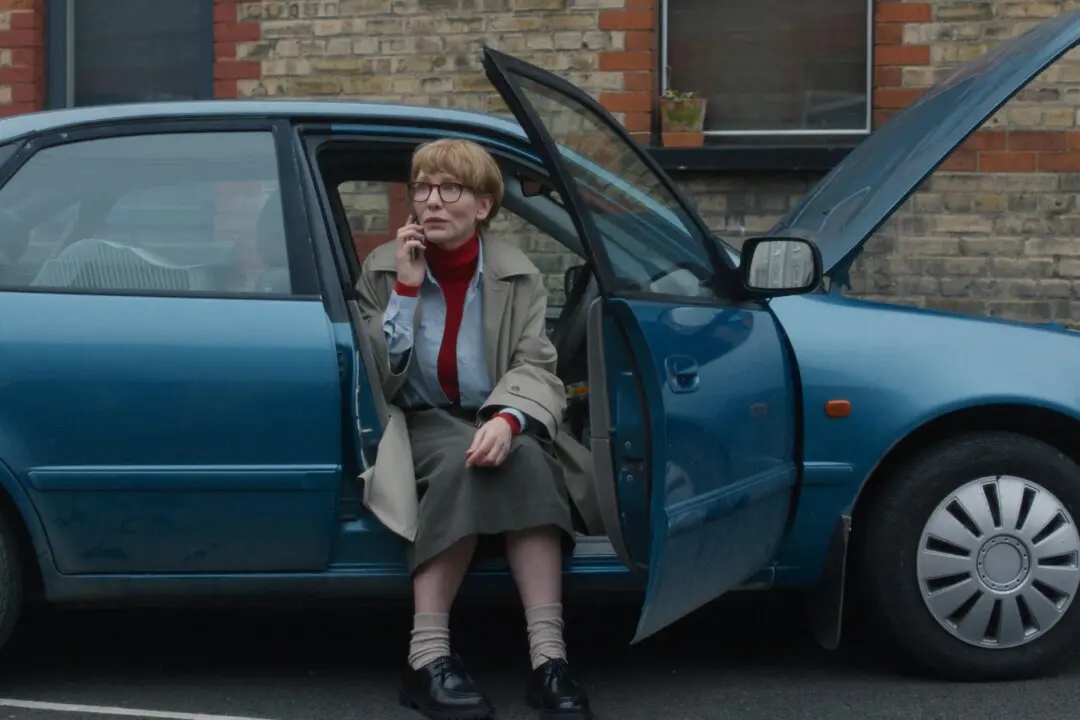PG | 1h 34min | Comedy, Satire, War | 29 January 1964 (USA)
The third of four feature films about war by director Stanley Kubrick, “Dr. Strangelove” (or formally: “Dr. Strangelove or: How I Learned to Stop Worrying and Love the Bomb”) is easily his most mainstream-accessible offering and arguably the greatest movie in his sterling, nearly flawless catalogue.






